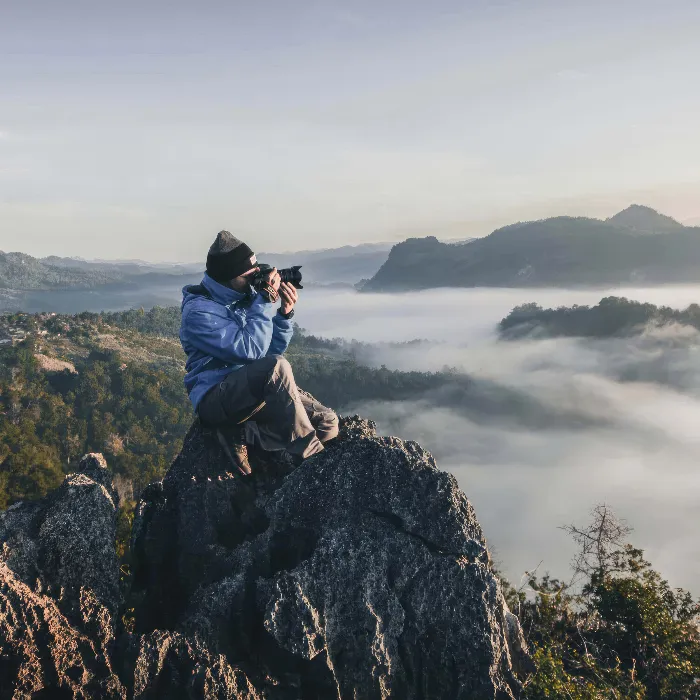With your smartphone, you have the opportunity to take impressive photos. However, the potential of the camera built into the phone is often underestimated. It is often small changes in technique and approach that make the difference between an average and an outstanding image. In this guide, you will learn how to effectively use your smartphone to create high-quality photos.
Key Insights
- Avoid digital zoom and capture the entire image to have flexibility when cropping.
- Turn off the flash to take advantage of natural lighting conditions and avoid unwanted reflections.
- Use photo editing apps instead of simple filters for better results.
- Avoid unnecessary sharpness gradients to achieve natural and clear images.
- Pay attention to the cleanliness and protection of your camera lens.
1. Avoid Digital Zoom for Better Image Quality
When you photograph, make sure to use your smartphone's digital zoom as little as possible. Instead, capture the complete image and crop it later. Digital zoom simply crops the image, resulting in a loss of image quality since you don't have optical advantages. Therefore, photograph the entire subject when possible and crop it later as needed. This way, you'll get more details and greater flexibility when editing your photo.

2. Turn Off the Flash
The flash may be tempting, especially in dark environments, but in most cases, it degrades image quality. When taking photos with your smartphone, use the flash only when absolutely necessary. For large subjects like buildings or landscapes, the flash often doesn't provide enough light and can create unsightly reflections. Instead, focus on a good light source and avoid using the flash in landscape and architectural photography.
3. Use Photo Editing Apps for Better Results
While you can quickly make changes to your images with the pre-installed filters on many smartphone cameras, they often do not provide the control you desire. Instead, it is recommended to work with photo editing apps like Snapseed or similar programs. These give you the freedom to change colors, adjust contrasts, and selectively apply filters if you wish. This way, you can give your images the finishing touches instead of just using a predefined filter.
4. Avoid Unnecessary Sharpness Gradients
Sharpness gradients can be dangerous for the inexperienced photographer. They can make your image look unnatural and dilute the focus. Instead of using this effect, keep your images clear and simple. Photograph with the goal of capturing real colors and details rather than experimenting with effects that only muddle the image. Consider carefully whether you really need this effect or if the image wouldn't simply look better without it.
5. Protect Your Lens
The lens of your smartphone camera is crucial for image quality. If the lens is scratched or dirty, every shot will be affected. Make sure that the lens is always clean and not in contact with objects that could scratch it. A protective case can help safeguard your camera from bumps and scratches. It is a simple step that can have a significant impact on the quality of your photos.
Summary – Smartphone Photography: 5 Tips for Impressive Images with Your Phone
You have now received some basic tips for using your smartphone camera. By avoiding digital zoom, turning off the flash, making edits, avoiding sharpness gradients, and paying attention to the lens, you can significantly improve the quality of your photos. Incorporate these rules into your photographic practice and see how your images become more vibrant and impressive!
Frequently Asked Questions
What is the best way to take photos with my smartphone?Use the full image area, avoid digital zoom, and crop later.
Why should I turn off the flash?The flash can degrade the image and often creates unwanted reflections.
How can I better edit my images?Use apps like Snapseed instead of simple filters to have more control over your edits.
Are sharpness gradients helpful for my photos?Generally, they make the image look unnatural. Keep it with clear, sharp images.
How can I protect my camera lens?Make sure to keep it clean and use a protective case.


